Originally the Netherlands were a swampy delta of the rivers Rhine and Maas. In a quest to make this landscape habitable, the Dutch always fought against and worked with the ever-present water. The result is a country with a great diversity of waters. We have big rivers with impressive deltas, smaller rivers, winding lowland brooks, large and small natural and manmade lakes, peat bogs and polders, which are unique to the Netherlands. To help you choose the perfect waterway for your fishing trip, we give a short description of the different types of water.
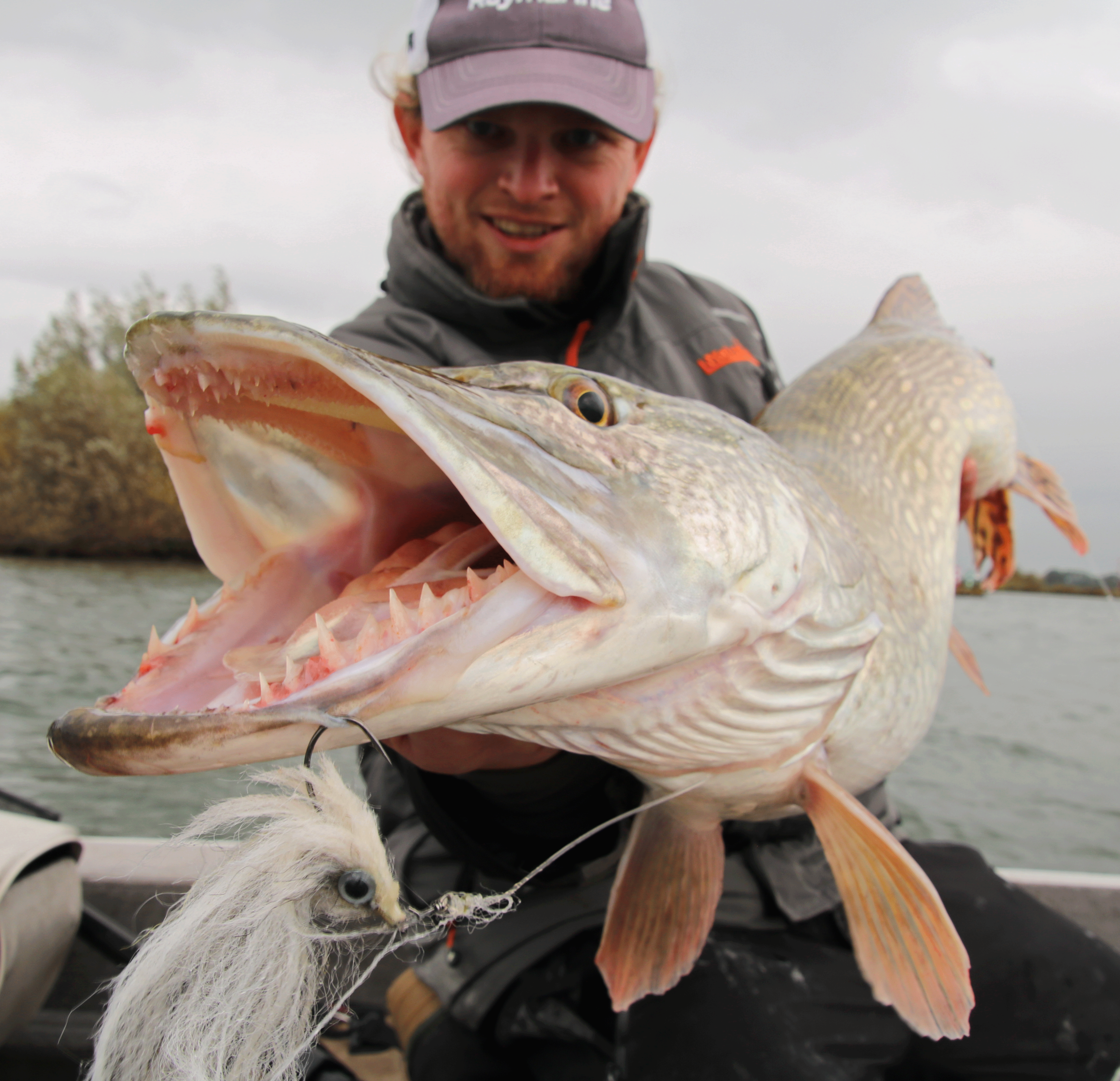
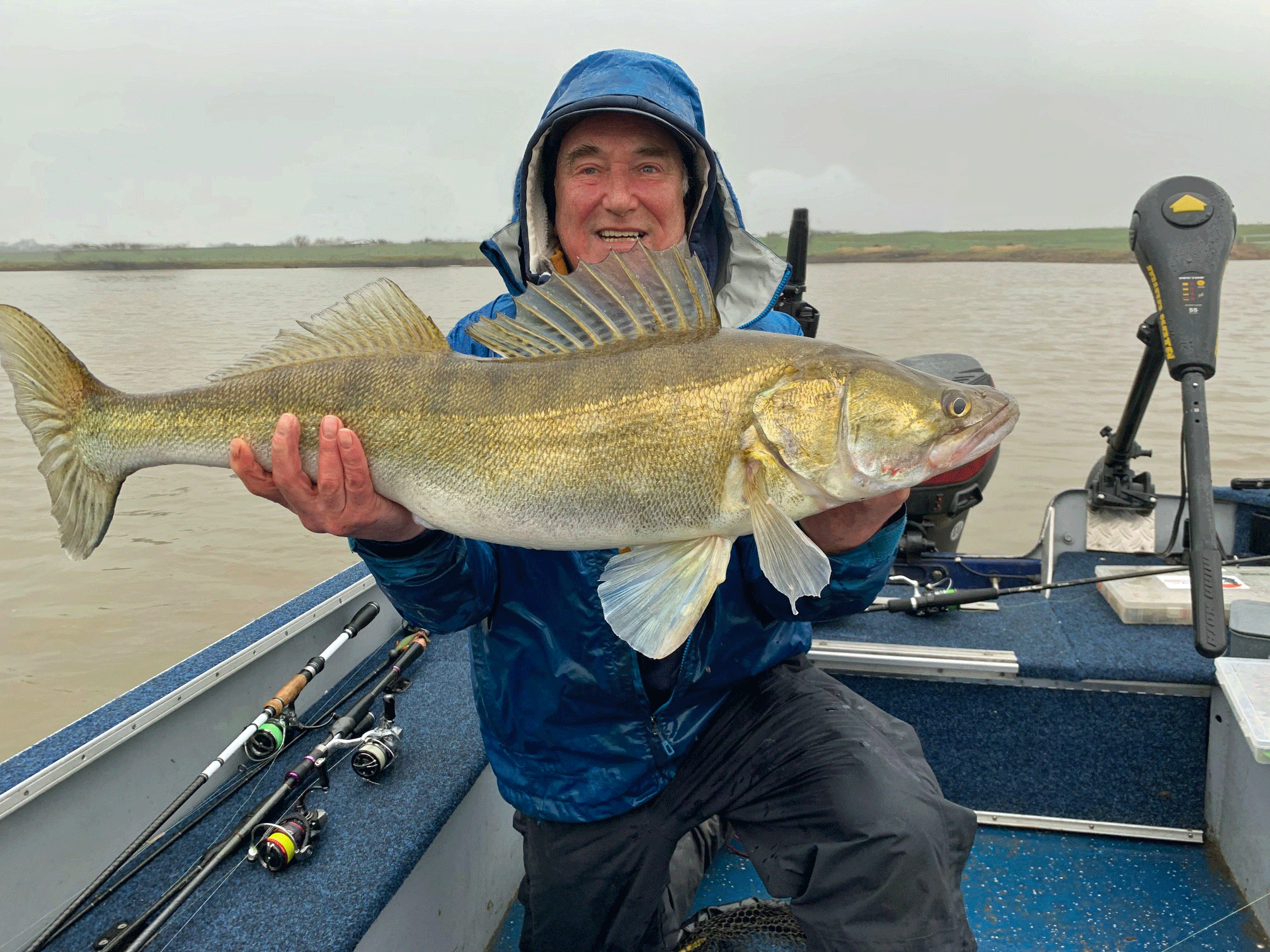
The Netherlands have two large rivers: the Rhine and the Maas, of which the Rhine splits in the Waal, the Nederrijn or Lek and the IJssel. These rivers are perfect for fishermen who want to target a variety of fish during their day on the water. Catches of pike, zander, perch, asp and ide on the same day are common. The rivers are also a good area for specialists, targeting a prime specimen of a single species. All the usual techniques can be practiced on rivers.
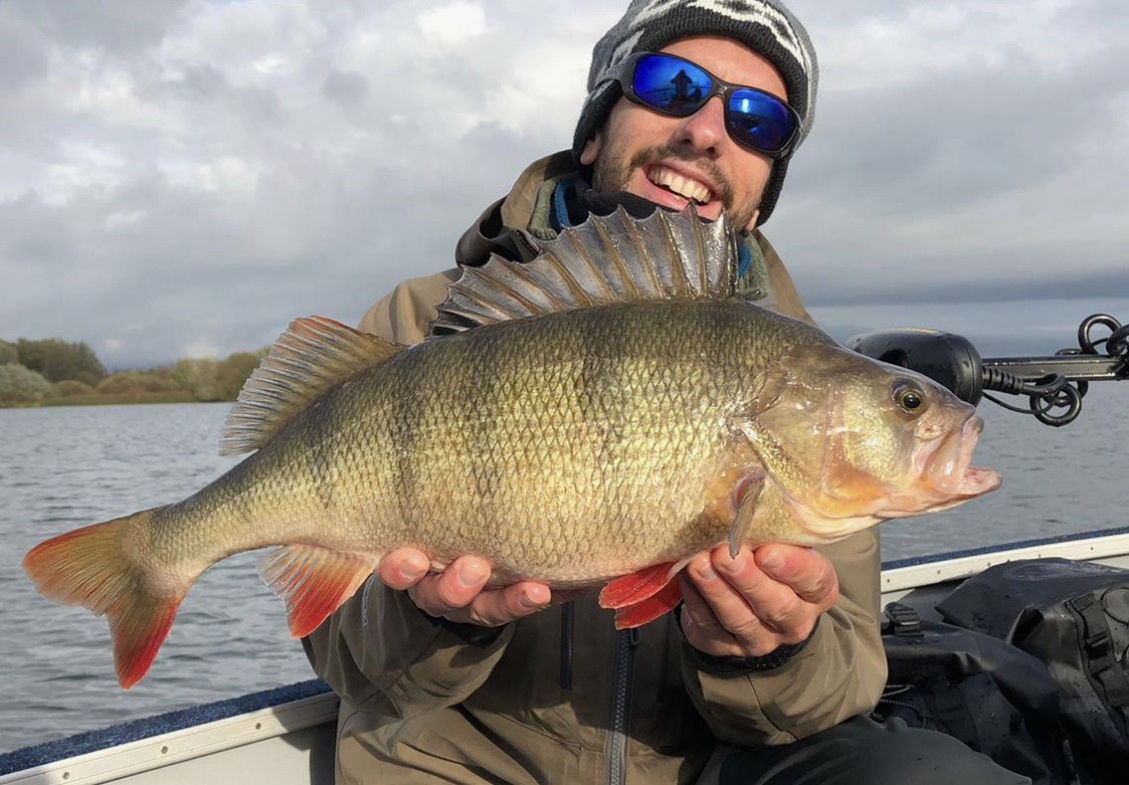
The rivers Maas and Waal, which around Rotterdam is called Merwede, flow south of Rotterdam into an immense delta comprising the Hollands Diep, the Volkerak and the Haringvliet. These vast expanses of water are well known to Dutch fishermen as productive zander grounds. Besides zander, the delta also has a healthy population of perch of impressive size and trophy-sized Northern pike. All regular techniques can be practiced here.

The smaller rivers in The Netherlands are excellent venues for pike and zander fishing. The Overijsselse Vecht, Utrechtse Vecht, Eem, Hollandse IJssel, Leidse Rijn and Linge, among others, are perfect fishing locations, particulary when a hard wind makes larger water inaccessible for fishing. Smaller rivers are custom made for trolling with lures. They are however only interesting outside the holiday season, when an armada of pleasure crafts make these waterways too busy to be fished effectively. Smaller rivers are excellent fishing locations in autumn and winter.
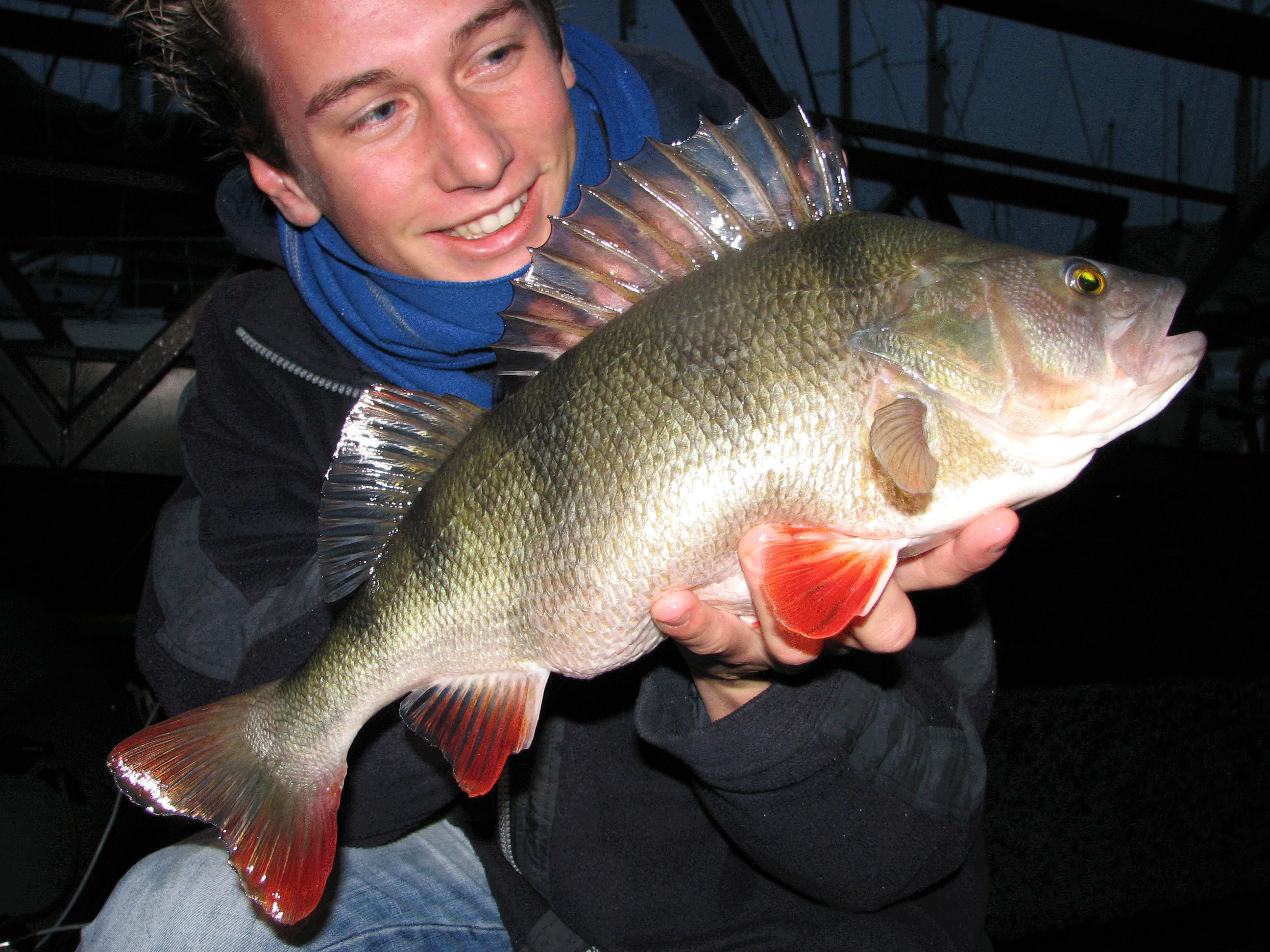
Canals have been dug throughout the country. As many of these waterways aren’t often used commercially any more, they form unique fishing grounds. Even the canals that are still used by commercial ships, like the Noordzeekanaal, can be an Eldorado for zander fishermen. While smaller canals are mainly interesting for their pike population, the bigger canals are known for exceptional zander catches. Trolling lures for pike and vertical jigging for zander are the most commonly used techniques.
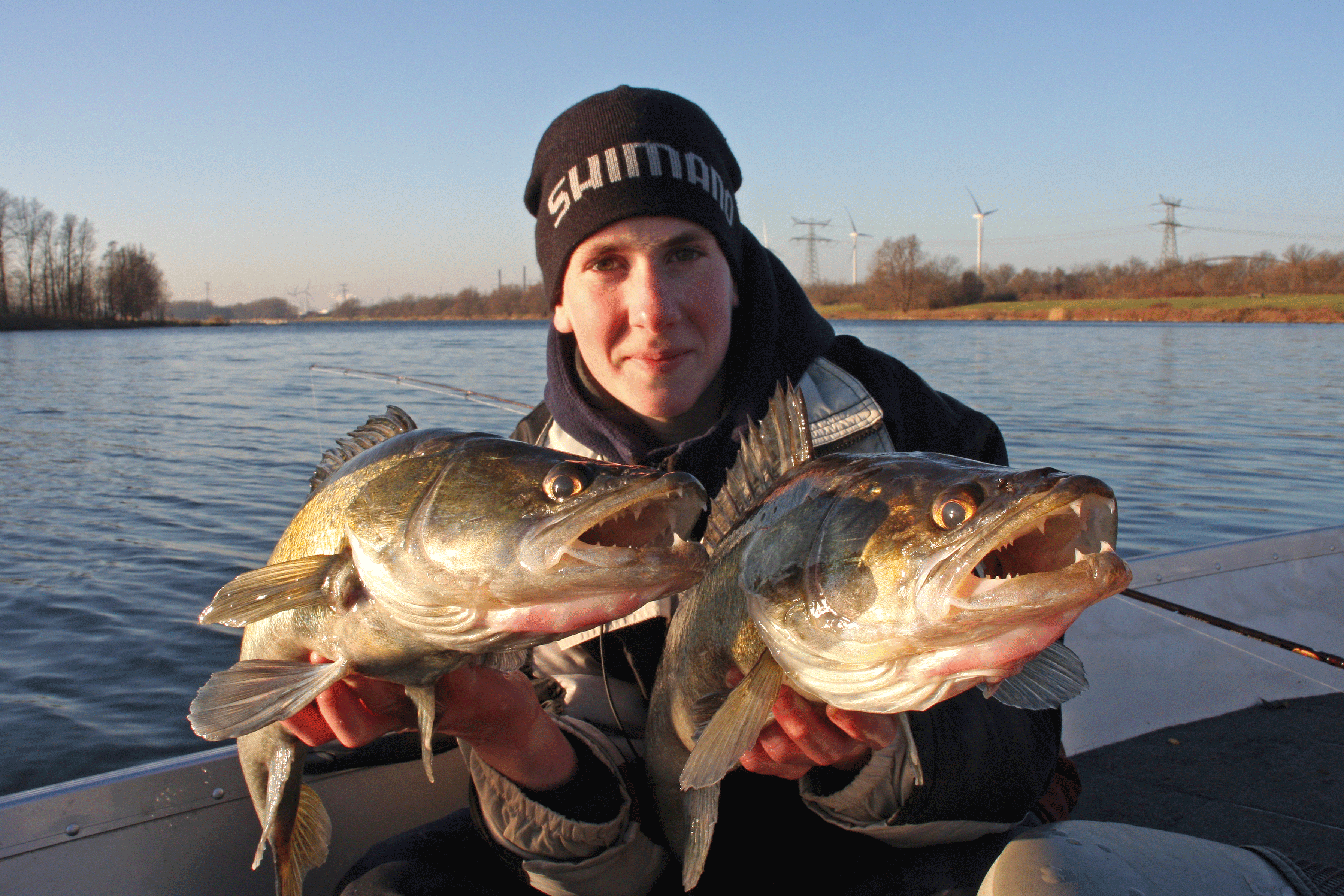
The Dutch make a distinction between natural and man-made lakes. Our natural lakes are mainly found in the northern province of Friesland and the lakes south of the IJsselmeer (which is a dammed in sea-arm), like the Gooimeer, Veluwemeer and Wolderwijd. These waters are traditionally known for their excellent zander population. But in recent years and due to improving clarity and water quality, more and more trophy sized pike are also caught here. All techniques can be used.
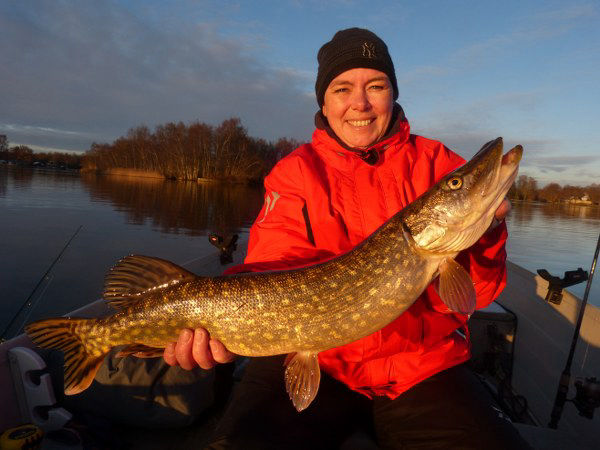
Man-made lakes are often extensive and deep bodies of water. Some of the Dutch man-made lakes were formed while digging for sand, needed for building roads. The pits that were dug often had an open connection to a river. Nowadays our manmade lakes have an excellent population of large fish. Well known lakes like Vinkeveense and Loosdrechtse Plassen, originally were peat lakes that were dug out deeper. These waters enjoy a near mythical status among pike specialists from The Netherlands and our surrounding countries, because every year exceptionally large fish are caught here. All techniques can be used.
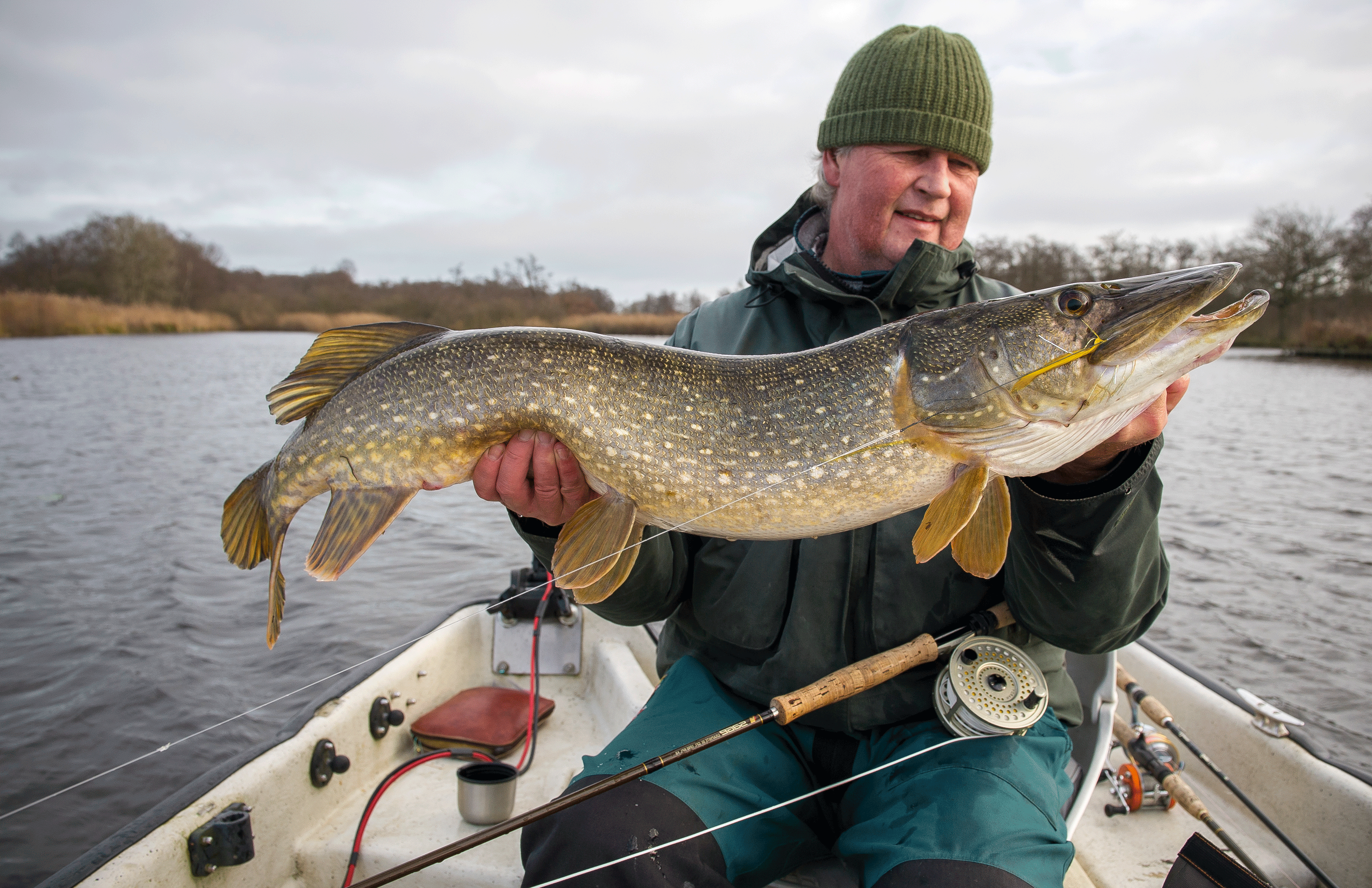
In the nineteenth century peat was an important heating fuel in The Netherlands. It was dug all over the country, leaving shallow lakes known as bogs. These are ideal biotopes for pike, which can be targeted casting lures. But peat lakes are even better suited for fly fisherman who like to connect with pike. Peat lakes are prime places for autumn or winter expeditions. In summer they can be very difficult to fish due to extensive plant growth in the water.

We could call them our pride and joy, as polders are unique to the Dutch landscape. They are responsible for keeping our feet dry in a country that for a large part lies below sea level. Many visiting fisherman give you a sceptical stare when they are encouraged to fish for pike in canals that are sometimes less than two metres wide. These polder canals however, have a very healthy pike population. Fishermen are often pleasantly surprised. More than often visitors return home after a fishing session in one of our polders with a mixed feeling of disbelief and great satisfaction!